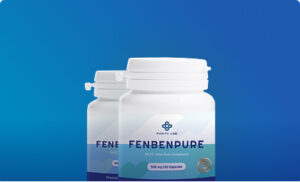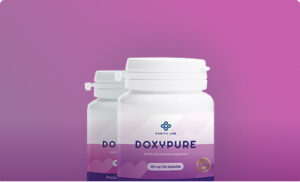Intestinal Nematodes
Ascariasis:
- Dosage: 0.2 mg/kg
- For 70kg adult: 14mg
- With 5mg capsules: 3 capsules
- With 10mg capsules: 1-2 capsules (1.5 ideal)
- Duration: Single dose
Strongyloidiasis:
- Dosage: 0.2 mg/kg
- For 70kg adult: 14mg
- With 5mg capsules: 3 capsules
- With 10mg capsules: 1-2 capsules (1.5 ideal)
- Duration: 2 consecutive days
Enterobiasis:
- Dosage: 0.2 mg/kg
- For 70kg adult: 14mg
- With 5mg capsules: 3 capsules
- With 10mg capsules: 1-2 capsules (1.5 ideal)
- Duration: Single dose, repeat after 2 weeks
Filariasis
Onchocerciasis:
- Dosage: 0.15 mg/kg
- For 70kg adult: 10.5mg
- With 5mg capsules: 2 capsules
- With 10mg capsules: 1 capsule
- Schedule: Every 3-12 months
Lymphatic filariasis:
- Dosage: 0.2 mg/kg
- For 70kg adult: 14mg
- With 5mg capsules: 3 capsules
- With 10mg capsules: 1-2 capsules (1.5 ideal)
- Schedule: Twice yearly
Loiasis (with caution):
- Dosage: 0.15 mg/kg
- For 70kg adult: 10.5mg
- With 5mg capsules: 2 capsules
- With 10mg capsules: 1 capsule
- Note: Contraindicated in high microfilaremia
- Schedule: Based on microfilaremia level
Ectoparasites
Standard scabies:
- Dosage: 0.2 mg/kg
- For 70kg adult: 14mg
- With 5mg capsules: 3 capsules
- With 10mg capsules: 1-2 capsules (1.5 ideal)
- Protocol: Single dose
Norwegian scabies:
- Dosage: 0.2 mg/kg
- For 70kg adult: 14mg
- With 5mg capsules: 3 capsules daily
- With 10mg capsules: 1-2 capsules daily (1.5 ideal)
- Protocol: Days 1,2,8,9,15,22,29
Pediculosis:
- Dosage: 0.2 mg/kg
- For 70kg adult: 14mg
- With 5mg capsules: 3 capsules
- With 10mg capsules: 1-2 capsules (1.5 ideal)
- Protocol: Repeat after 7 days if needed
Special Cases
Prevention in endemic areas:
- Dosage: 0.15 mg/kg
- For 70kg adult: 10.5mg
- With 5mg capsules: 2 capsules
- With 10mg capsules: 1 capsule
- Schedule: Monthly
Contact prophylaxis:
- Dosage: 0.2 mg/kg
- For 70kg adult: 14mg
- With 5mg capsules: 3 capsules
- With 10mg capsules: 1-2 capsules (1.5 ideal)
- Protocol: Single dose
Immunocompromised patients:
- Dosage: 0.4 mg/kg
- For 70kg adult: 28mg
- With 5mg capsules: 5-6 capsules
- With 10mg capsules: 3 capsules
- Protocol: Extended course (7-14 days)
- Note: Increased monitoring required
Administration Guidelines
Optimal Timing
- Take on empty stomach
- With water (200-250ml)
- 2 hours before or after meals
- Avoid grapefruit juice
Monitoring Requirements
- Complete blood count
- Liver enzymes baseline
- Kidney function
- Eosinophil count
Contraindications
- Pregnancy (first trimester)
- Severe liver impairment
- High microfilaremia
- Known hypersensitivity
Note: All doses are calculated based on 10mg capsule formulation. Actual dosing may need adjustment based on available formulations and individual factors.



